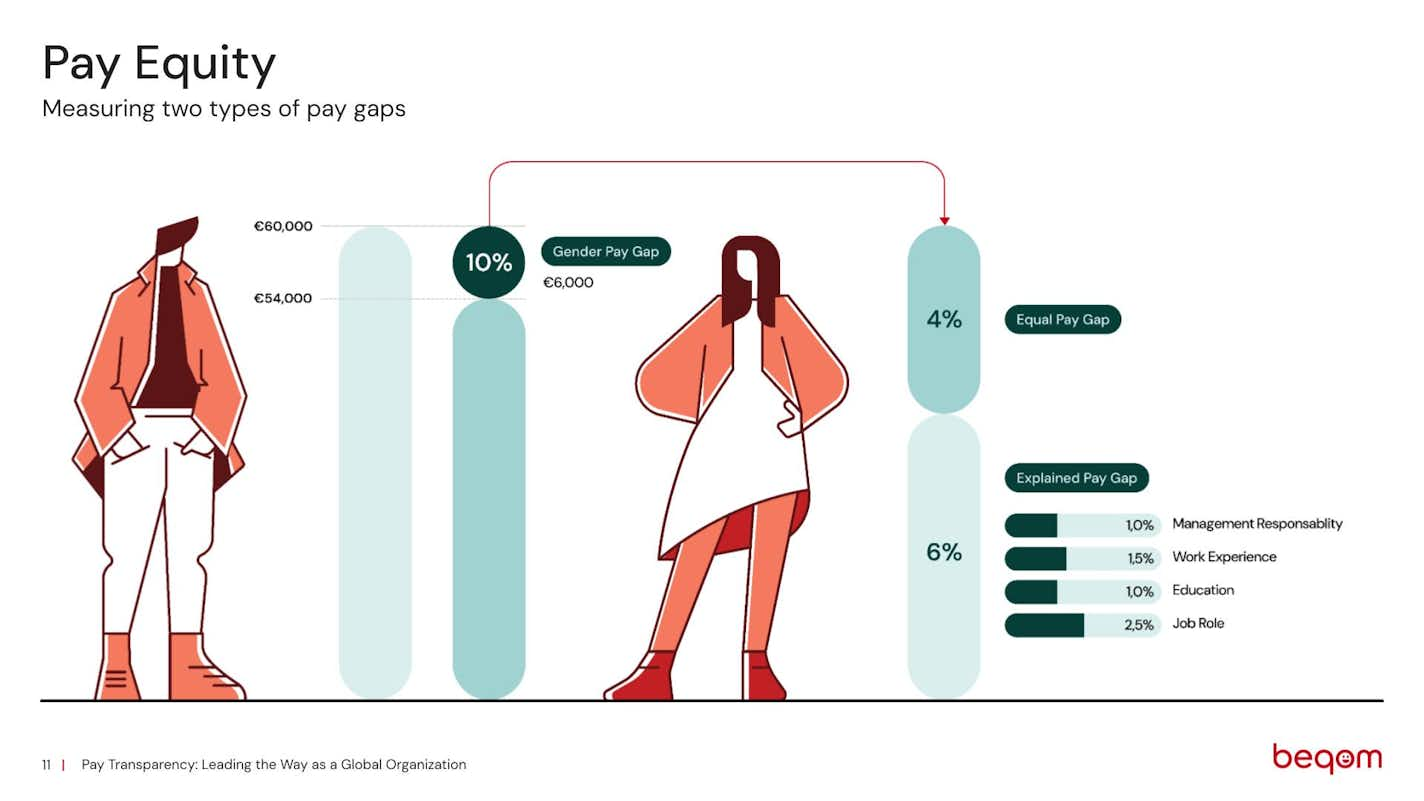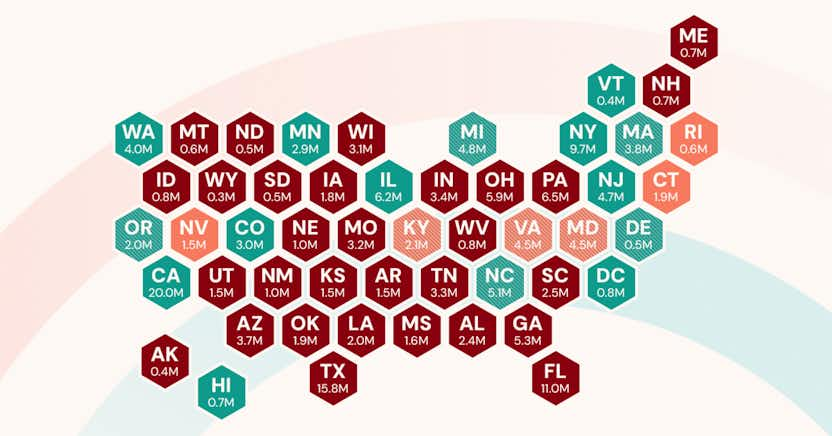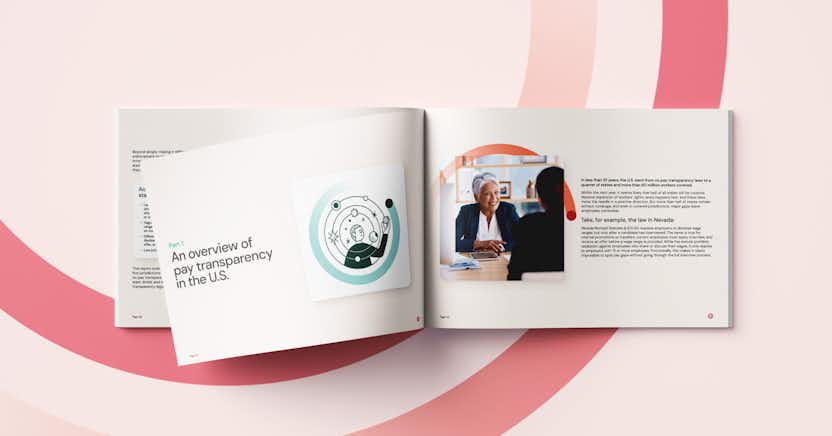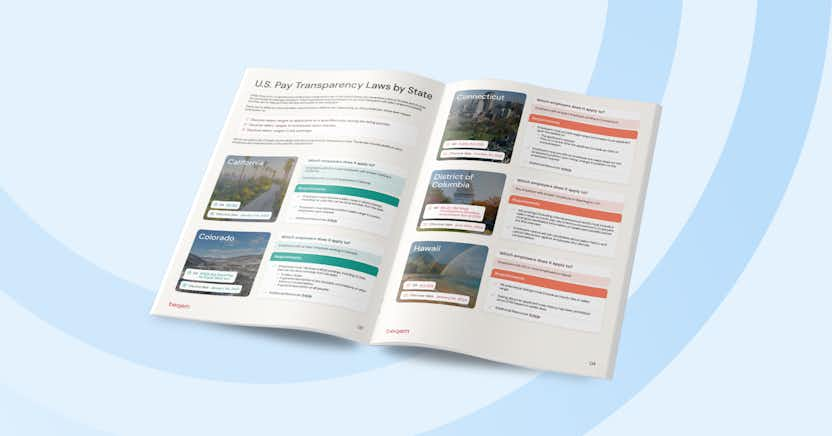Unlocking the Power of Pay Transparency: How Global Organizations Like PUMA Are Leading the Change

Learn more about the following beqom products
As pay transparency regulations gain traction across the globe, organizations are being presented with a golden opportunity—not just to comply, but to lead. By embracing transparent pay practices, HR leaders can foster trust, drive employee engagement, and build a reputation as an employer of choice.
In the recent beqom webinar, Pay Transparency: Leading the Way as a Global Organization, Gudrun Thorgeirsdottir from beqom and Gulya Bakeberg from PUMA shared expert insights and real-world lessons on how organizations can prepare for, and benefit from, the evolving landscape of pay equity.
🎥 Access the free webinar recording: Watch Now
The case for pay transparency: clarity builds trust
It’s no secret that employees want more clarity around their compensation. But what exactly does “pay transparency” mean? According to Gudrun, it's not simply about making salaries public:
“Pay transparency is about providing clarity on how pay is determined and how it progresses—not about everyone knowing everyone else's salary.”

Research from beqom’s 2025 Compensation and Culture Report underscores a fundamental communication challenge in today’s workplaces. Only 69% of employees say they know their total compensation—a surprisingly low number given the importance of pay in the employee experience. Even more concerning, just 38% understand how that compensation is calculated. These figures point not only to a lack of transparency but also to missed opportunities for connection and clarity.
When organizations fail to communicate clearly about compensation, trust can erode, engagement may suffer, and employees are left uncertain about how to grow and succeed. But the solution is within reach: companies that invest in transparent, consistent communication about how pay decisions are made can expect improvements in:
- Employee engagement and retention
- Perceptions of fairness and trust
- Employer branding and talent attraction
HR leaders who proactively embrace transparency now will not only meet compliance deadlines—they'll gain a significant competitive edge.
But, says Gudrun, “Don't let perfect stand in the way of good.” Start with what you have and build. Pay transparency and equity is a journey.
Legislation is accelerating: here’s what you need to know
Pay transparency legislation is evolving quickly, particularly in the EU. The EU Pay Transparency Directive, set to be implemented by all member states by June 2026, outlines clear requirements:
- Salary ranges must be disclosed in job postings.
- Employees must be informed annually of their right to request average pay data by gender.
- Internal reporting of pay gaps by “category of worker” is mandatory.
- Companies with more than 100 employees must publish external gender pay gap reports.

A particularly transformative aspect is the shift in the burden of proof: employers—not employees—must demonstrate that no discrimination has occurred.
Gudrun emphasized that many of these legislative changes are rooted in best practices. Companies that already prioritize pay equity will find themselves ahead of the curve.
“When you have pay structure, pay equity, and pay transparency working together, you have a strong foundation for trust.”

Is your organization ready for compliance?
Refer to beqom’s EU Pay Transparency Readiness Checklist to make sure your organization is prepared to meet the June 2026 deadline.
The gender pay gap vs. the equal pay gap
The EU Pay Transparency Directive requires employers to measure and report on both the gender pay gap and the equal pay gap, broken down by gender, for categories of workers doing the same or similar work.
It’s important to understand the difference between the (unadjusted) gender pay gap and the (adjusted) equal pay gap.

The gender pay gap is simply the average salary of men compared to the average salary of women. It does not necessarily in and of itself reflect bias in pay setting. Often, representation differences at various job levels are the cause. For example, fewer women in leadership roles can skew the overall average.
The equal pay gap, however, looks at individuals in similar roles and adjusts for objective factors like job, education, experience, and responsibility. After accounting for these, any remaining unexplained difference is considered the equal pay gap.
The journey toward transparency: PUMA’s playbook
PUMA, a global sports brand with more than 22,000 employees across 77 countries, has taken a proactive and values-driven approach to pay equity. Gulya Bakeberg, Senior Director People & Organization EMEA, described PUMA’s journey as a multi-year evolution rooted in fairness, intentionality, and data.
“We don’t just want to close the gender pay gap—we aim for gender-neutral pay. It’s not about gender; it’s about performance, attitude, and value to the business.”
PUMA built its pay equity strategy around three key pillars:
1. Structure
PUMA established clear internal frameworks, including:
- Global job grading and leveling systems
- Benchmarks using tools like Hay and Mercer
- Global consistency despite local labor law differences
Standardizing structure ensures that pay comparisons are meaningful and fair. It also provides the foundation needed for deeper analytics and reporting.
2. People
The company maintains a strong focus on diversity and representation:
- A 50/50 gender split across many departments
- 42% of leadership roles held by women globally
- Equal access to learning and development
PUMA also considers time in role—not just tenure—as a key metric when evaluating pay differences. This ensures that compensation reflects real experience in a specific function.
“Even with the same job, two people can bring different levels of impact and potential. That nuance matters.”
3. Practices
Pay transparency at PUMA is not just about systems—it’s about how decisions are made and communicated:
- Transparent promotion and merit criteria
- Annual regression analysis using PayAnalytics by beqom
- Standardized tools and consistent processes across all regions
By institutionalizing these practices, PUMA avoids ad-hoc decisions and ensures fairness is embedded in the organization.
Data meets dialogue: turning insights into action
PUMA’s journey wasn’t just about building frameworks. It was also about transforming culture. The company implemented Workday globally to consolidate HR data and layered it with PayAnalytics for deep pay gap analysis. This powerful combination enabled the HR team to:
- Instantly access EMEA-wide compensation data
- Run regression analyses by job family, grade, and management level
- Identify gaps and determine whether they are justified or need corrective action
Still, data is only one part of the equation. PUMA also sought external validation from the Fair Pay Innovation Lab (FPI) to ensure credibility.
“Transparency without education can backfire. We didn’t just show the data—we educated our people on what it means.”
PUMA has now certified 10 of its entities, including headquarters, with an adjusted gender pay gap below 1%. While zero is the ideal, Gulya was clear-eyed about the realities:
“Snapshots can shift based on who joins or leaves. What matters is that we’re intentional and continuously improving.”
Communication is key: education, not just disclosure
Pay transparency isn’t achieved just by sharing numbers—it requires consistent, intentional communication. PUMA trains its leaders and HR teams to speak confidently about pay structure and merit decisions. They’ve learned to anticipate questions like:
- Why does my colleague in the same role earn more?
- What are the criteria for promotion?
- When are merit increases evaluated?
By preparing managers with answers, PUMA builds credibility and trust.
The company is also working on how to communicate transparently with candidates, considering when and how to disclose salary ranges. Should it be on job postings? During interviews? In offers? These are ongoing questions that many companies are grappling with.
Challenges and learnings: embracing the complexity
Gulya acknowledged the complex, sometimes messy realities of pay equity work. Real-world scenarios—like reorganizations, evolving job scopes, and fluctuating business needs—make pay decisions nuanced.
A few key lessons from PUMA:
- Simplify where possible. Overly complex structures can hinder transparency.
- Context matters. A 5% pay difference may be legal—but is it explainable to employees?
- Transparency is emotional. Pay isn’t just a number—it’s about how people feel.
Where to begin: your action plan
If you’re just starting out—or need to refine your approach—here are some practical first steps:
- Conduct a readiness assessment. Where are your gaps in structure, equity, and transparency?
- Standardize your frameworks. Align pay frameworks across teams and geographies.
- Standardize your systems. Select platforms and tools that will enable you to automate compliance with transparency regulations.
- Start analyzing data. Use regression tools to identify and explain gaps.
- Develop your communication strategy. Train managers and plan how to educate employees.
- Engage leadership early—with data. Build a compelling case before asking for support.
With just one compensation cycle remaining before the EU directive’s deadline, now is the time to act.
How beqom supports your pay equity journey
At beqom, we help organizations transform their compensation strategies with scalable, flexible solutions for pay transparency and equity. From compliance-driven analytics to enterprise-wide communication tools, our platform supports you at every stage.
Whether you're just beginning your journey or ready to scale your efforts globally, beqom gives you the visibility, control, and insights you need to lead with confidence.
👉 Explore how beqom can support your pay transparency goals: beqom.com







